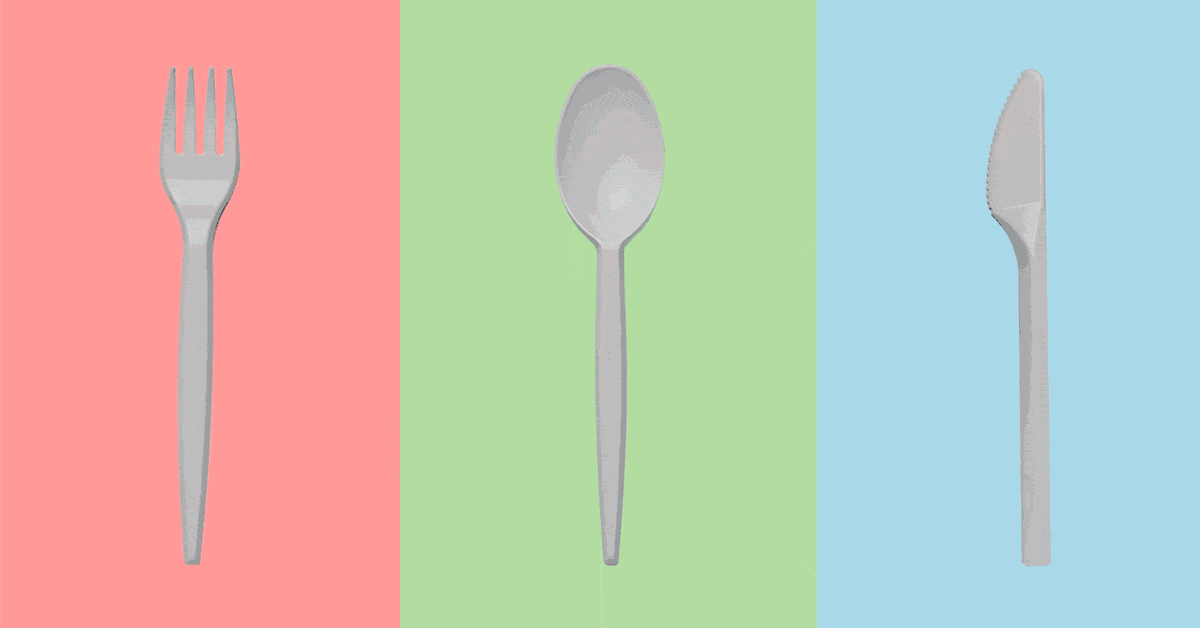Syracuse University reports their creative advertising students won eight finalist awards and 18 shortlist awards in the New York Festivals Advertising Awards competition for a total of 26, a huge haul.
One of the winning entries caught our eye: Marta Lala, copywriter, and Cerinn Park, art director, won a finalist award in the Positive World Impact category for their new P&G product called “Utintsil”, a set of plastic utensils that ostensibly change color when exposed to specific allergens.
Here is their award-winning video promoting Utintsil:
We were intrigued by the concept for Utintsil and wanted to learn more about how it works.
Ms Lala’s website provides the following detail:
THE TECHNOLOGY
uTINTsil is made of a specially designed plastic material that uses chromatic technology and molecularly imprinted polymer patented in 2018.Molecular Polymer Printing
Lots of big words, but basically uTINTsil’s utensils are created with monomers (teeny tiny) cavities that match the proteins in specific foods. So when a child uses uTINTsil, any proteins in the food will fill the cavity imprinted in the utensil.Chromatic Technology
You might have encountered chromatic technology in color-changing spoons (think Fro-Yo). In uTINTsil, the color changes if cavities are filled by food proteins. It’s a quick and simple trigger that lets kids know their food isn’t safe.
Interesting, but we have questions: How much allergen trace is required to trigger the color change? How quickly does the color change once the allergen is sensed? What allergens can be detected? Are different Utintsils required to detect different allergens? How was this concept tested?
Our hunt for more information — including a search of P&G’s site — came up empty, although we were able to verify a patent issued for the technology in 2018.
So are Utintsils really ready to be distributed to schools or was this simply a well-thought-out and executed advertising project produced by enterprising Syracuse students?
We can’t be sure but have reached out to P&G for clarification and will follow up when we hear back.
In the meantime, what do you think about the prospect of having Utintsils in school cafeterias and other places of public accommodation? Let us know below.
- Creative Advertising Students Break Another Record With 26 Wins in the New York Festivals Advertising Awards Competition — Syracuse University
- uTINTsil — Marta Lala
- Molecularly imprinted polymers — USPTO






This is a great idea if it works. It could be a game changer for people with allergies. Imagine bringing these with you to restaurants or anyplace where your food could be in question.